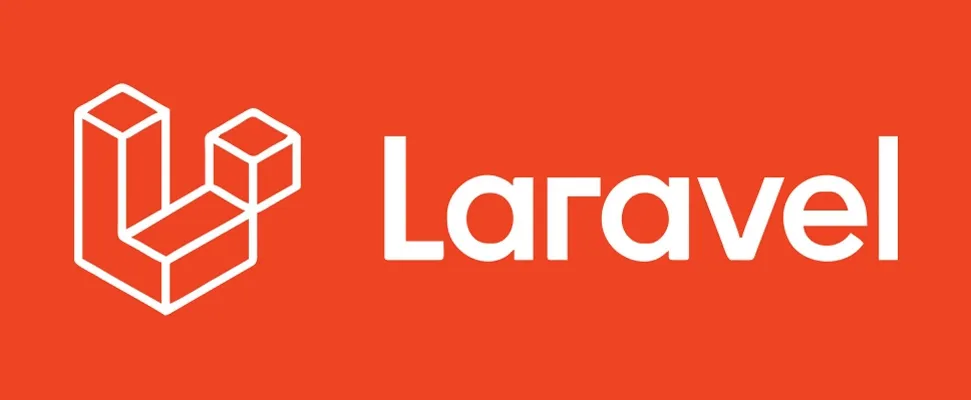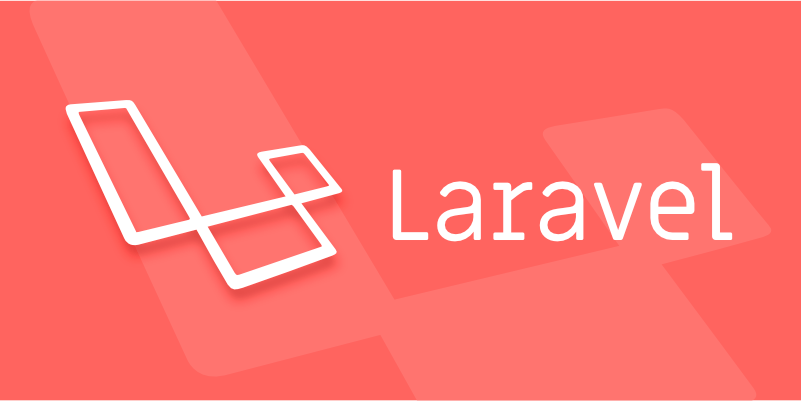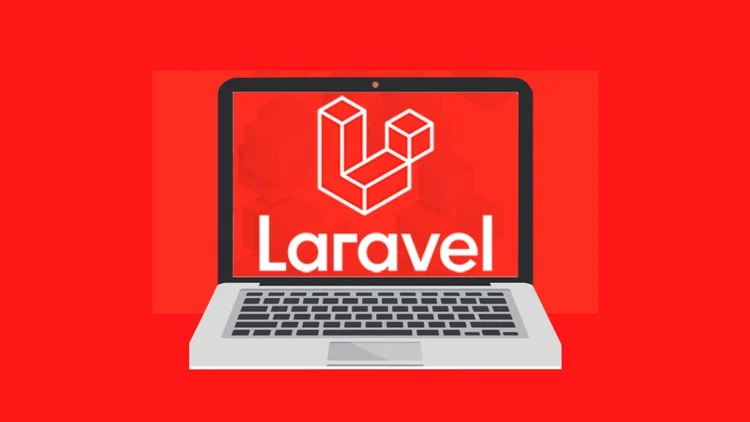How Laravel uses Dependency Injection.
Jul 30, 2025 am 05:22 AMLaravel uses dependency injection (DI) to enhance flexibility and testability by letting classes receive dependencies from outside. 1. DI in Laravel is commonly seen in controllers, jobs, and events, where dependencies are automatically resolved. 2. Type-hinting a class in a controller method like public function show(User $user) allows Laravel to inject the dependency automatically, including route model binding. 3. Constructor injection, such as in UserController, decouples dependency creation from usage, easing testing and reuse. 4. Laravel’s service container resolves dependencies automatically by analyzing constructors, building the object graph without manual instantiation. 5. Interfaces can be bound to implementations via service providers using $this->app->bind(). 6. Use DI for better testability, decoupling, and reusable code. 7. Method injection, like public function store(Request $request), works for common types such as Request. 8. Dependencies can also be manually resolved using app() or resolve().

Laravel uses dependency injection (DI) to manage class dependencies and make your application more flexible and testable. At its core, DI means a class doesn’t create its own dependencies — they’re given to it from the outside. Laravel’s service container handles this automatically, so you don’t have to wire everything up manually.

What Dependency Injection Looks Like in Laravel
In Laravel, you’ll most often see dependency injection in controllers, jobs, events, and other classes that the framework resolves automatically.
For example, if you type-hint a class in a controller method like this:

public function show(User $user)
Laravel will automatically resolve the User model from the container and inject it for you. It even does this for route model binding — if the route parameter is a model type, Laravel fetches the instance from the database automatically.
You’ll also see it in constructor injection:

class UserController extends Controller
{
protected $userRepository;
public function __construct(UserRepository $userRepository)
{
$this->userRepository = $userRepository;
}
}Here, the UserController doesn’t care how the UserRepository is built — it just needs to use it. That makes the controller easier to test and more flexible.
How Laravel’s Service Container Works
Laravel’s service container is a powerful tool that manages class dependencies and resolves them automatically. When you ask for a class — either through type-hinting or manually with app() or resolve() — the container looks at that class’s constructor and figures out what it needs.
If all dependencies are type-hinted, Laravel can build the entire object graph for you. For example:
$api = new TwitterApi('api-key');
$client = new TwitterClient($api);
$service = new TweetService($client);Instead of doing this manually, you can just type-hint TweetService and Laravel will resolve everything under the hood.
Sometimes you need to bind an interface to a concrete implementation. That’s where service providers and bindings come in:
$this->app->bind(
'App\Contracts\TwitterApi',
'App\Services\TwitterClient'
);Now whenever Laravel needs a TwitterApi, it knows to use TwitterClient.
When to Use Dependency Injection in Your Code
Use DI when:
- You want your code to be testable — by injecting dependencies, you can easily swap them out for mocks.
- You want to decouple your classes — if a class creates its own dependencies, it becomes harder to reuse or modify later.
- You’re building reusable services or packages — DI makes it easier for others to override or extend your code.
You don’t always need to use constructor injection. Laravel supports method injection too — especially useful in controllers:
public function store(Request $request)
Here, the Request object is injected into the method, not the constructor. Laravel handles this because it knows how to resolve common types like Request, Session, etc.
You can also manually resolve things from the container using app() or resolve():
$tweetService = app(TweetService::class);
This is handy in places like routes or closures where automatic injection isn’t possible.
That’s the basic idea. Laravel makes dependency injection easy by handling most of the wiring for you, as long as you follow the patterns it expects. Just type-hint what you need, and let the container do the rest.
The above is the detailed content of How Laravel uses Dependency Injection.. For more information, please follow other related articles on the PHP Chinese website!

Hot AI Tools

Undress AI Tool
Undress images for free

Undresser.AI Undress
AI-powered app for creating realistic nude photos

AI Clothes Remover
Online AI tool for removing clothes from photos.

Clothoff.io
AI clothes remover

Video Face Swap
Swap faces in any video effortlessly with our completely free AI face swap tool!

Hot Article

Hot Tools

Notepad++7.3.1
Easy-to-use and free code editor

SublimeText3 Chinese version
Chinese version, very easy to use

Zend Studio 13.0.1
Powerful PHP integrated development environment

Dreamweaver CS6
Visual web development tools

SublimeText3 Mac version
God-level code editing software (SublimeText3)

Hot Topics
 How to use PHP to develop a Q&A community platform Detailed explanation of PHP interactive community monetization model
Jul 23, 2025 pm 07:21 PM
How to use PHP to develop a Q&A community platform Detailed explanation of PHP interactive community monetization model
Jul 23, 2025 pm 07:21 PM
1. The first choice for the Laravel MySQL Vue/React combination in the PHP development question and answer community is the first choice for Laravel MySQL Vue/React combination, due to its maturity in the ecosystem and high development efficiency; 2. High performance requires dependence on cache (Redis), database optimization, CDN and asynchronous queues; 3. Security must be done with input filtering, CSRF protection, HTTPS, password encryption and permission control; 4. Money optional advertising, member subscription, rewards, commissions, knowledge payment and other models, the core is to match community tone and user needs.
 Guide to matching Laravel routing parameter passing and controller method
Jul 23, 2025 pm 07:24 PM
Guide to matching Laravel routing parameter passing and controller method
Jul 23, 2025 pm 07:24 PM
This article aims to resolve common errors in the Laravel framework where routing parameter passing matches controller methods. We will explain in detail why writing parameters directly to the controller method name in the routing definition will result in an error of "the method does not exist", and provide the correct routing definition syntax to ensure that the controller can correctly receive and process routing parameters. In addition, the article will explore best practices for using HTTPDELETE methods in deletion operations.
 Data_get practice for dynamic access to model association properties in Laravel Livewire
Jul 23, 2025 pm 06:51 PM
Data_get practice for dynamic access to model association properties in Laravel Livewire
Jul 23, 2025 pm 06:51 PM
This article aims to solve how to efficiently and securely access deep properties associated with model through string paths when dynamically rendering data in LaravelLivewire components. When you need to obtain specific fields of the associated model based on a configuration string (such as "user.name"), access using object properties will fail. The article will introduce Laravel's data_get helper function in detail and provide code examples to show how to use it to solve this problem gracefully and ensure the flexibility and robustness of data acquisition.
 How to develop AI intelligent form system with PHP PHP intelligent form design and analysis
Jul 25, 2025 pm 05:54 PM
How to develop AI intelligent form system with PHP PHP intelligent form design and analysis
Jul 25, 2025 pm 05:54 PM
When choosing a suitable PHP framework, you need to consider comprehensively according to project needs: Laravel is suitable for rapid development and provides EloquentORM and Blade template engines, which are convenient for database operation and dynamic form rendering; Symfony is more flexible and suitable for complex systems; CodeIgniter is lightweight and suitable for simple applications with high performance requirements. 2. To ensure the accuracy of AI models, we need to start with high-quality data training, reasonable selection of evaluation indicators (such as accuracy, recall, F1 value), regular performance evaluation and model tuning, and ensure code quality through unit testing and integration testing, while continuously monitoring the input data to prevent data drift. 3. Many measures are required to protect user privacy: encrypt and store sensitive data (such as AES
 How to set environment variables in PHP environment Description of adding PHP running environment variables
Jul 25, 2025 pm 08:33 PM
How to set environment variables in PHP environment Description of adding PHP running environment variables
Jul 25, 2025 pm 08:33 PM
There are three main ways to set environment variables in PHP: 1. Global configuration through php.ini; 2. Passed through a web server (such as SetEnv of Apache or fastcgi_param of Nginx); 3. Use putenv() function in PHP scripts. Among them, php.ini is suitable for global and infrequently changing configurations, web server configuration is suitable for scenarios that need to be isolated, and putenv() is suitable for temporary variables. Persistence policies include configuration files (such as php.ini or web server configuration), .env files are loaded with dotenv library, and dynamic injection of variables in CI/CD processes. Security management sensitive information should be avoided hard-coded, and it is recommended to use.en
 How to make PHP container support automatic construction? Continuously integrated CI configuration method of PHP environment
Jul 25, 2025 pm 08:54 PM
How to make PHP container support automatic construction? Continuously integrated CI configuration method of PHP environment
Jul 25, 2025 pm 08:54 PM
To enable PHP containers to support automatic construction, the core lies in configuring the continuous integration (CI) process. 1. Use Dockerfile to define the PHP environment, including basic image, extension installation, dependency management and permission settings; 2. Configure CI/CD tools such as GitLabCI, and define the build, test and deployment stages through the .gitlab-ci.yml file to achieve automatic construction, testing and deployment; 3. Integrate test frameworks such as PHPUnit to ensure that tests are automatically run after code changes; 4. Use automated deployment strategies such as Kubernetes to define deployment configuration through the deployment.yaml file; 5. Optimize Dockerfile and adopt multi-stage construction
 Deep analysis of matching Laravel routing parameter transfer and controller method
Jul 23, 2025 pm 07:15 PM
Deep analysis of matching Laravel routing parameter transfer and controller method
Jul 23, 2025 pm 07:15 PM
This article deeply explores the correct transmission of routing parameters and the matching mechanism of controller methods in the Laravel framework. In response to the common "method does not exist" error caused by writing routing parameters directly to the controller method name, the article elaborates on the correct way to define routing, that is, declare parameters in the URI and receive them as independent parameters in the controller method. At the same time, the article also provides code examples and suggestions on best practices for HTTP methods, aiming to help developers build more robust and RESTful Laravel applications.
 Laravel routing parameter passing: correctly define the controller method and routing binding
Jul 23, 2025 pm 07:06 PM
Laravel routing parameter passing: correctly define the controller method and routing binding
Jul 23, 2025 pm 07:06 PM
This article discusses the correct posture of parameter transfer of controller method in Laravel routing in depth. In response to common errors caused by writing routing parameters directly to the controller method name, the correct routing definition syntax is explained in detail, and the mechanism of Laravel automatic parameter binding is emphasized. At the same time, the article recommends using HTTPDELETE method that is more in line with RESTful specifications to handle deletion operations to improve the maintainability and semantics of the application.






